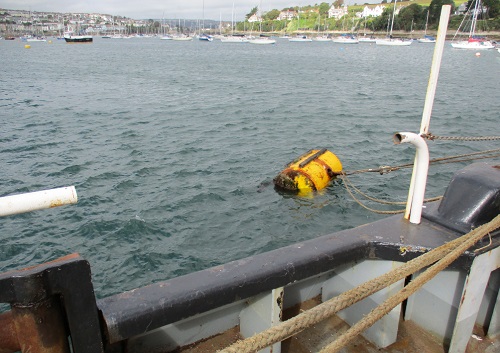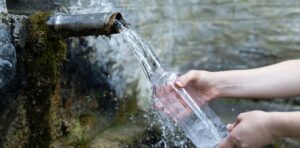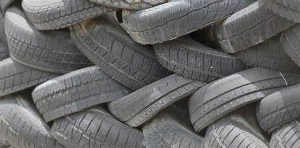Man Overboard – Prevention better than cure

Authored by British Marine
Man overboard incidents are an ongoing problem worldwide in all sectors of the marine industry.
The following note offers some guidance that should be considered to prevent such incidents from occurring.
How can it happen?
When working on (or near) the water there is an ever-present risk of inadvertently entering the water. Some activities create a much higher risk, and we would ask all owners and ships staff to consider the tasks that they undertake, where the chances of falling overboard are higher.
Identifying where there is a risk will help in raising awareness and reducing the chances of a man overboard occurring.
See below a non-exhaustive list of some examples of tasks where man overboard incidents often occur.
Working on deck in bad weatherWorking near to the ship sideWorking in small boats with low (or no) bulwarks or side railsAny work oversideLifeboat drillsHull cleaning in the yacht industryAccess between ship and shoreWorking on shore side e.g., reading draughts, line handling etc.
Picture 1 – Often crew are unaware of the danger
Actions to reduce risk
As with any risk, the best way to reduce the chances of something happening is to not do it. For many activities this is not practical, but where possible the use of alternative arrangements should be considered.Ensure that a risk assessment is conducted for all jobs, and that the possibility of falling into water is one of the hazards addressed. Unless of course there is no realistic possibility of this happening.Control any work overside using a permit to work, completed by a trained senior. This should contain all necessary checks to make the job safer.Review procedures for heavy weather. Do not allow work on deck unless necessary, and only then with appropriate safeguards. If work is required ensure personnel wear a harness connected to ships structure or adequate lifelines, and a personal flotation device (PFD).Confirm that bulwarks and safety rails are uninterrupted and provide adequate protection for the ship’s crew. If it is possible to fall between gaps, the use of chain guards is a suitable measure. If temporary removal of protection has taken place, repair as soon as possible.Access arrangements to the vessel must be safe and properly illuminated.

Picture 2 – Replace safety barriers as soon as practical
Exposed working decks
As noted, working on deck in challenging weather conditions is necessary or considered normal in some trades, e.g., fishing vessels, supply boats etc.
For these situations we strongly recommend that all personnel involved are provided with and compelled to wear adequately rated PFDs.
There are many options for PFDs, and time should be taken to identify the most suitable devices for the tasks being undertaken. Consideration should be shown to the required buoyancy of the unit and on the suitability for allowing normal work to take place unhindered. It will be difficult to make personnel wear a PFD for long periods of time if it is unwieldy and obstructive.
Working near the ships side is also essential for a wide array of tasks onboard. We would suggest that areas where this is necessary are provided with anti-slip coating and are adequately illuminated.
Personnel should not be left to work alone or out of sight on exposed decks
Work Overside
Whilst any work overside must be the subject of risk assessment, work permit, and toolbox talk (to ensure those involved understand their role in the work and the necessary safety precautions), there are some salient points that we have found are often neglected.
Overside work whilst the vessel is underway is not desirable.Inexperienced personnel should not work overside.Lifebuoy and line to be standing by.Observer/lookout to be in constant contact with bridge able to raise alarm.Before commencing work overside, ensure that the designated rescue boat is available for use.Consider water temperature and wear suitable clothing.Always wear a PFD. This cannot be emphasised enough, wearing a PFD greatly enhances your chances of surviving a fall to water.
A downloadable poster can be found here that we recommend is printed out onboard and posted in suitable locations. Please also discuss the contents of this article at safety meetings, during familiarisation or in advance of work that meets the criteria covered.
For further information feel free to contact the Loss Prevention department at; BM.Survey@uk.qbe.com , neil.hobson@britshmarine.com & anthony.gardner@britishmarine.com






